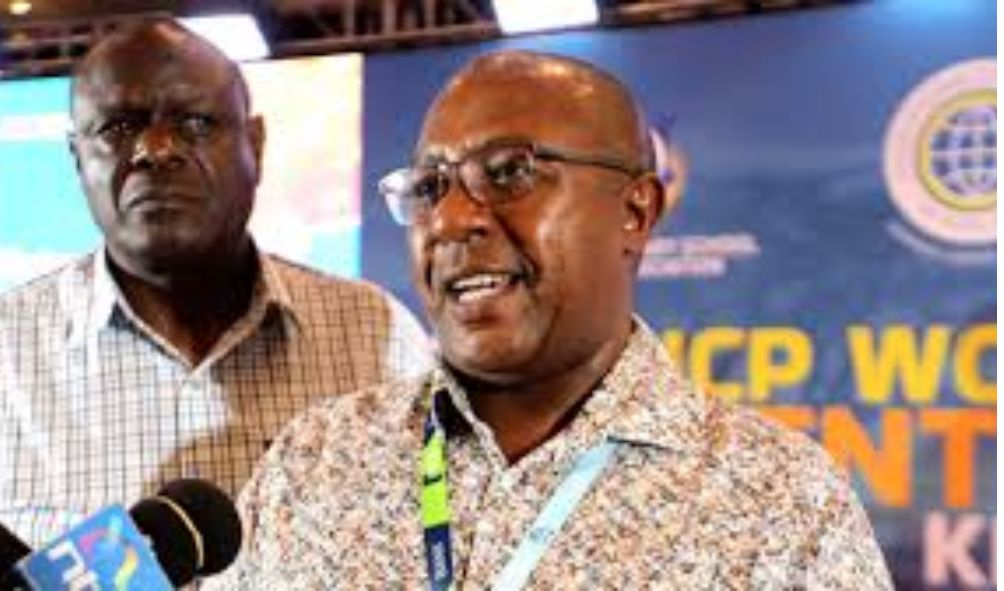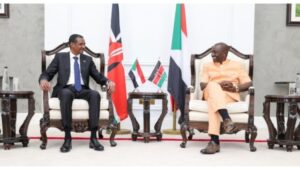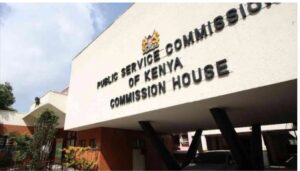Secondary school heads want fees raised by Sh27, 000

Kenya Secondary Schools Heads Association (Kessha) have submitted a proposal to have fees raised by Sh27, 000
Kenya Secondary Schools Heads Association (Kessha) have submitted a proposal to have fees raised by Sh27, 000.
Principals of secondary schools have submitted a proposal to the Ministry of Education that, if adopted, will see parents pay up to Sh27,000 more to keep their children in school.
The proposal follows inadequate capitation funds by the government, which has forced schools to rack up huge debts.
Kenya Secondary Schools Heads Association (Kessha) says that the capitation, which was last reviewed in 2018, has not only been reduced, but does not take into consideration inflation over the years.
Kessha proposes a revision of school fees across all categories of schools, which would effectively end the Free Day Secondary Education programme.
The document contains details of the cost of keeping a learner in a secondary school each day against the government grant of Sh22,244 per learner annually, the fees charged and cost of common commodities.
In the new proposal, the principals want parents with children in national schools to pay an extra Sh19,628 annually and for those in extra-county schools by Sh27,488. Learners in day schools, in principle, do not pay tuition fees, but Kessha now wants them to pay Sh5,372 annually.
“The partial and delayed disbursement of capitation funds, coupled with the rising costs of goods and services, has placed an immense strain on the management and sustainability of schools.
In addition, the inadequate fees charged to students, which fail to synchronise with the current economic realities, have exacerbated the financial challenges. Unless this situation is addressed urgently by relevant authorities, secondary schools in Kenya are on the brink of closure,” reads the proposal signed by Kessha chairperson Willy Kuria.
The association warned that the deepening financial crisis threatens to disrupt learning for millions of students.
“Schools do not receive full disbursement of the allocated Sh22,244 per student, and in reality, after retentions and partial disbursement, schools are receiving less than Sh10,479 per student. This is significantly lower than the amount allocated in 2008, despite the surge in inflation and operational costs,” Kessha warned.
According to Kessha, the capitation per student has remained unchanged since 2018, yet the cost of goods and services has drastically increased.
The report highlights that many schools are struggling to meet their financial obligations, with some institutions on the verge of closure.
Many schools, the association said, are unable to buy adequate learning materials, pay non-teaching staff, or provide quality meals for students.
Co-curricular activities have also been affected, with schools cutting back on the programmes due to a lack of funds.
“Activity money is deducted and retained at the Ministry of Education headquarters but doesn’t reach the school level where students require it to support their sporting activities. The lack of resources is forcing schools to leave out some sporting activities and specialise in what they can afford,” the report highlights.
Body of missing Brian Odhiambo allegedly found floating in Lake Nakuru
Somali man accused of plotting Mandera abductions ‘applied for Kenyan ID’
Kindiki responds to online mockery of Ruto’s naming of road projects
Juja MP Koimburi arrested outside his home by DCI
Police arrest 4 suspects who held Korean Couple hostage in Kajiado
Double tragedy as Malava MP and his brother die hours apart
It further observes that special needs schools are particularly affected.
“The fees charged amounting to Sh12,750 is grossly inadequate to support boarding students. The expected grant-in-aid that amounts to Sh35,370 is never received in full. For example, in the year 2023/2024, only Sh26,148 was received, making a deficit of Sh9,222,” the report states.
The principals’ lobby further attributes the increase in the number of students failing national exams to financial constraints.
“When schools lack adequate resources, performance is greatly affected, and this can be attested by the gradual increase in the number of students scoring grade ‘E’ in KCSE over the last three years. From 2022 to 2025, the number of E grades has significantly shot up by a margin of 72 percent,” it noted.
The association is calling on the government to fully disburse capitation funds at the approved rate and address the existing deficits. The report also recommends a review of the school fees structure to align with current economic conditions.
“It is our wish that the above concerns will be addressed in order to accord quality education to the Kenyan learner. The government must take swift action to ensure that schools remain operational and provide students with the resources they need to succeed,” it says.
The government has only released half of the expected capitation for first term. Cabinet Secretary for Education Julius Ogamba has assured school heads that the remaining half will be released this week.
Museveni accuses detained Kizza Besigye of ‘unprincipled blackmail’ over hunger strike
Tob Cohen murder suspect Sarah Wairimu denied bail
Make public the exact amount of money used in Raila’s AUC campaigns; Karua to Ruto
Banks will be forced to give credit to Kenyans- DP Kindiki
Two suspected Al-Shabaab operatives arrested for abduction plot of foreign nationals
Follow us






